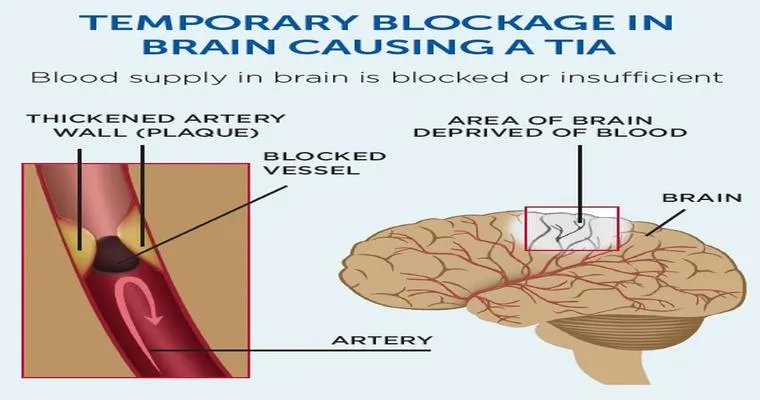In recent years, the term "mini strokes", or Transient Ischemic Attacks (TIAs), has gained significant attention in the medical community and among the general public. Often dismissed as a mere inconvenience, these episodes can serve as critical warning signs for more severe health issues. Understanding the implications of mini strokes is essential for preventing potential "stroke", "brain damage", and other serious health complications.
What Are Mini Strokes?
Mini strokes occur when there is a temporary disruption of blood flow to the brain. Unlike full-blown strokes, which can lead to long-lasting neurological damage, mini strokes typically resolve within a few minutes to hours. However, the symptoms, which may include "numbness", "confusion", and "difficulty speaking", should never be ignored. These episodes can be crucial indicators of an impending major stroke, making early intervention vital.
The Connection Between Mini Strokes and Major Health Risks
The most alarming aspect of mini strokes is their potential to signal more significant health risks. Research suggests that individuals who experience a TIA are at a higher risk of suffering a full-blown stroke within the following days, weeks, or months. In fact, studies estimate that nearly one-third of TIA patients will experience a full stroke within a year if preventive measures are not taken. This staggering statistic emphasizes the importance of recognizing and addressing the underlying causes of mini strokes.
Risk Factors and Prevention
Several risk factors contribute to the likelihood of experiencing a mini stroke. These include high blood pressure, diabetes, high cholesterol, atrial fibrillation, and a sedentary lifestyle. To mitigate these risks, individuals should prioritize regular health check-ups, maintain a balanced diet rich in fruits and vegetables, exercise regularly, and manage stress effectively. Quitting smoking and limiting alcohol consumption can also significantly decrease the chances of experiencing a mini stroke or a major stroke.
Symptoms to Watch For
Recognizing the symptoms of a mini stroke is crucial for timely intervention. Common signs include sudden "numbness" or weakness in the face, arm, or leg, particularly on one side of the body. Other symptoms may involve sudden confusion, trouble speaking or understanding, and difficulty seeing in one or both eyes. If you or someone you know experiences these symptoms, it is imperative to seek medical attention immediately.
Treatment and Management
If diagnosed with a mini stroke, a healthcare provider may recommend a combination of lifestyle changes and medications to reduce the risk of future strokes. This may include antiplatelet medications, blood thinners, and treatments aimed at controlling blood pressure and cholesterol levels. In some cases, surgical procedures may be necessary to address blockages in the arteries.
Conclusion
In summary, while "mini strokes" may seem minor, their potential consequences are anything but. Recognizing the seriousness of TIAs can lead to timely treatment and prevent devastating health outcomes. By understanding the risks, symptoms, and necessary preventive measures, individuals can take proactive steps to safeguard their brain health and overall well-being. Don't underestimate the power of a mini stroke; it could be a wake-up call for your health.





